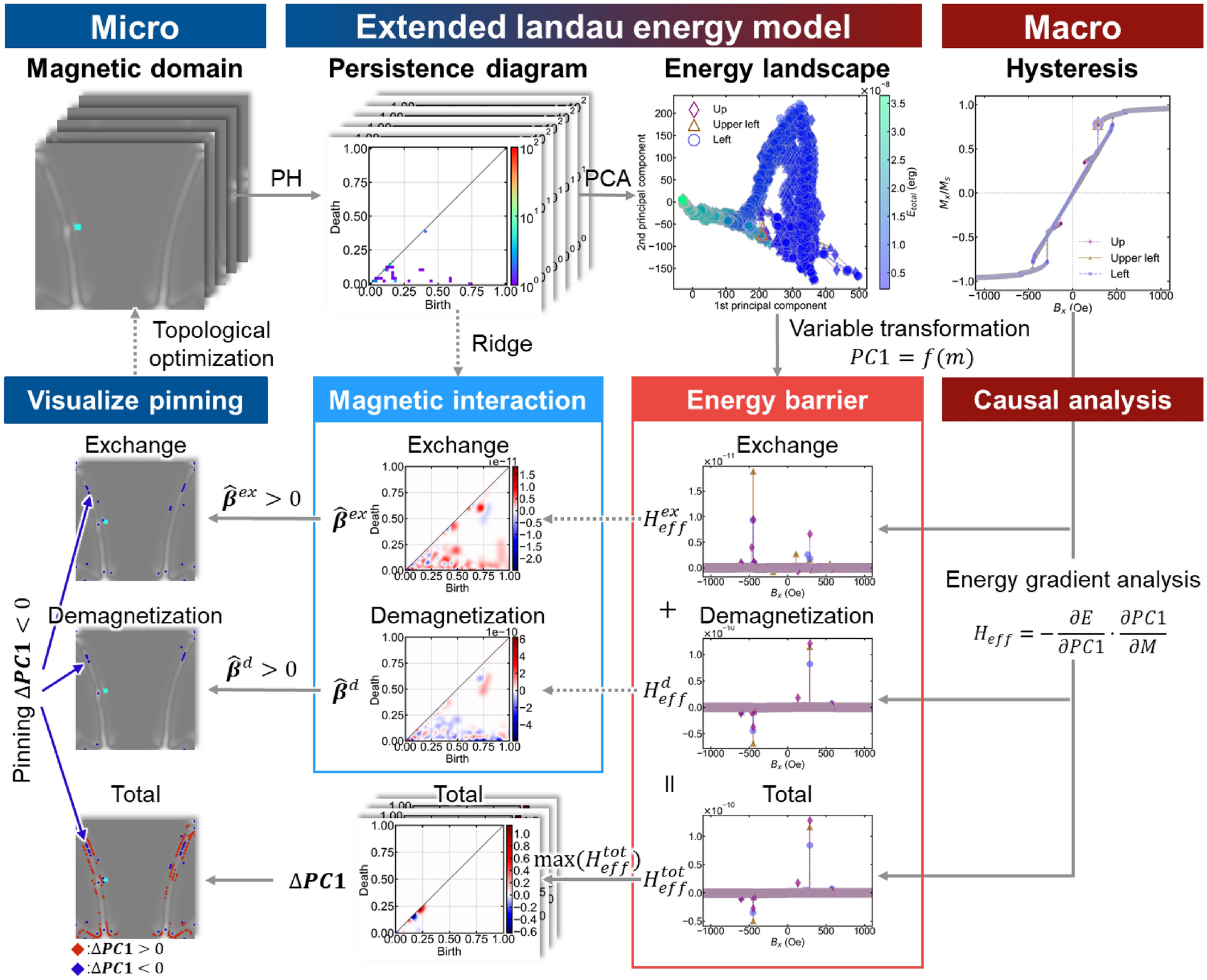Scientists Develop Explainable AI-Based Physical Theory for Advanced Materials Design
Explainable artificial intelligence (XAI) is making a wide-scale impact on various engineering domains. In a recent development, researchers from the Tokyo University of Science (TUS) developed XAI-based algorithm for causal analysis and visualization in nano-magnetic devices. This would allow engineers to leverage advanced AI ML models to comprehend and analyze results delivered by the extended Landau free energy model”.
Let’s understand how ML algorithms would impact material design.
Microscopic image data is key to developing low-power, high-speed electronic devices. However, the complex interactions in nanoscale magnetic materials are difficult to understand. A research group from Japan realized a new functional design theory called “extended Landau free energy model” that combines topology and AI with free energy to automate the interpretation of the microscopic image. This model illustrates the physical mechanism and critical location of magnetization reversal and proposes a device structure with low energy consumption.

Microscopic materials analysis is essential to achieve desirable performance in next-generation nanoelectronic devices, such as low power consumption and high speeds. However, the magnetic materials involved in such devices often exhibit incredibly complex interactions between nanostructures and magnetic domains. This, in turn, makes functional design challenging.

Comments are closed.